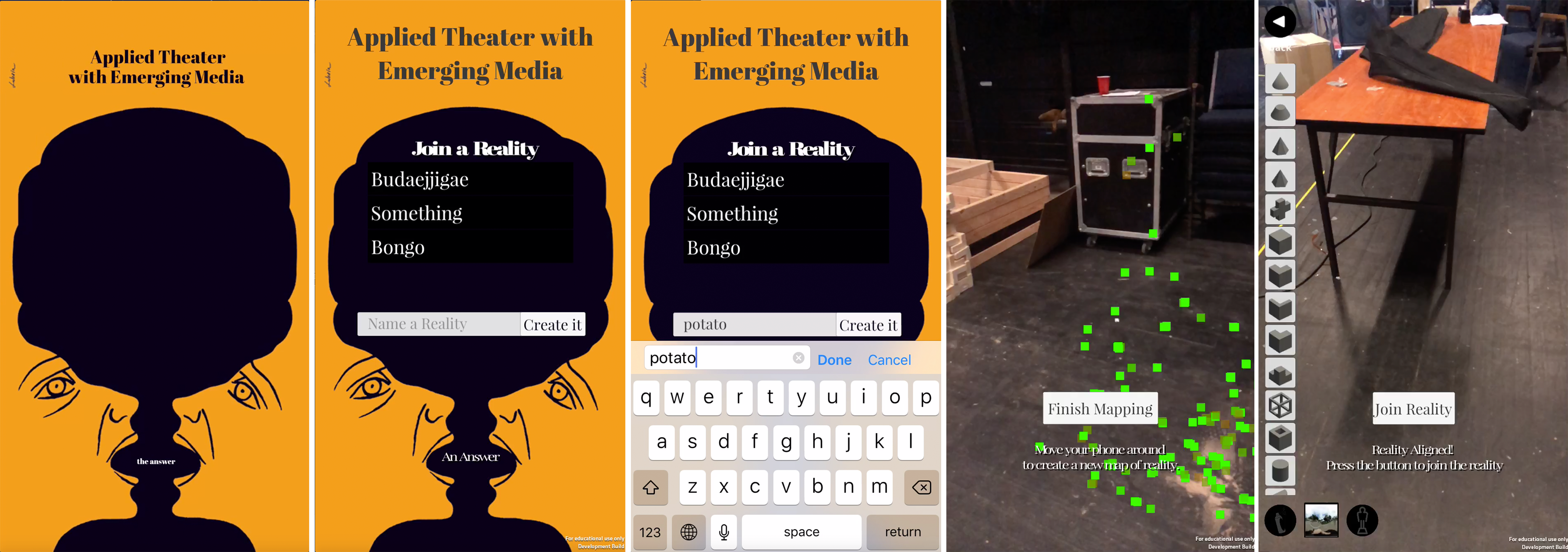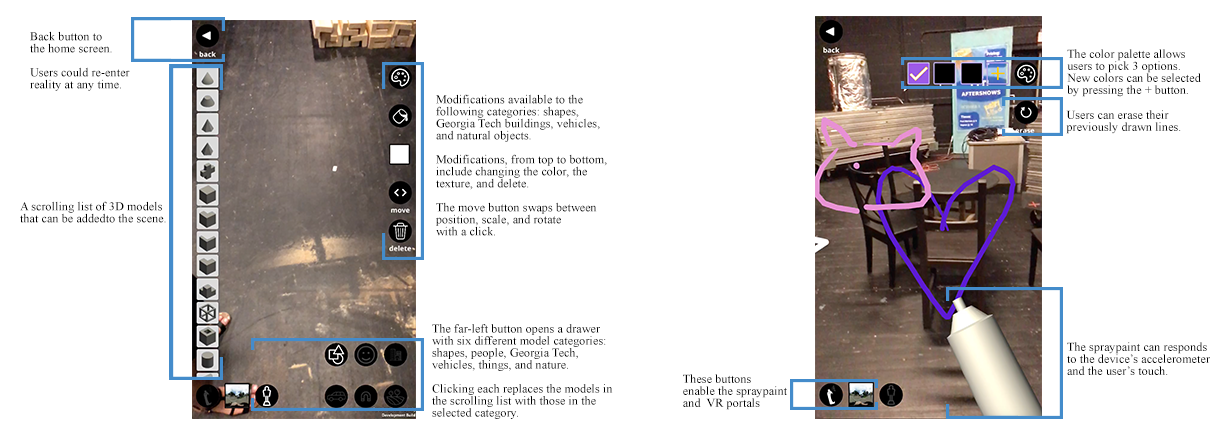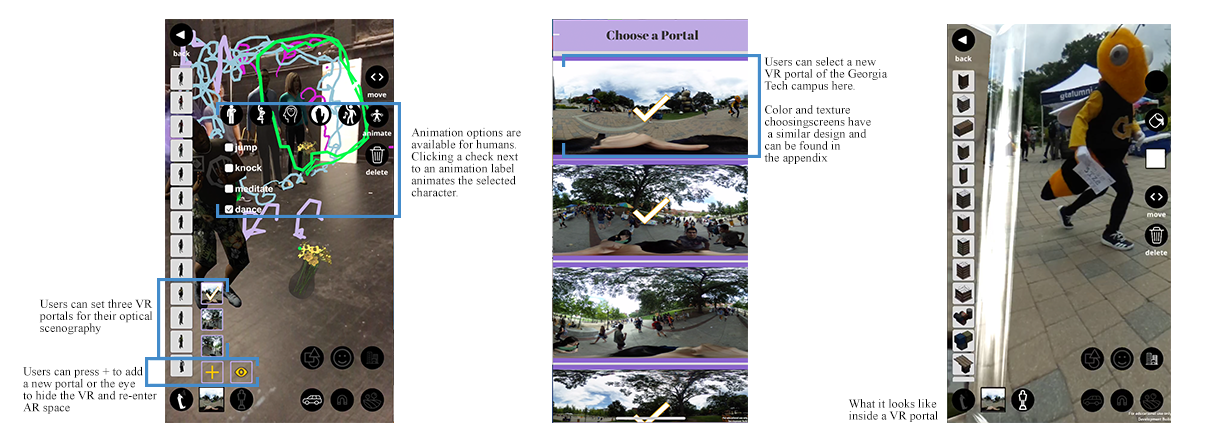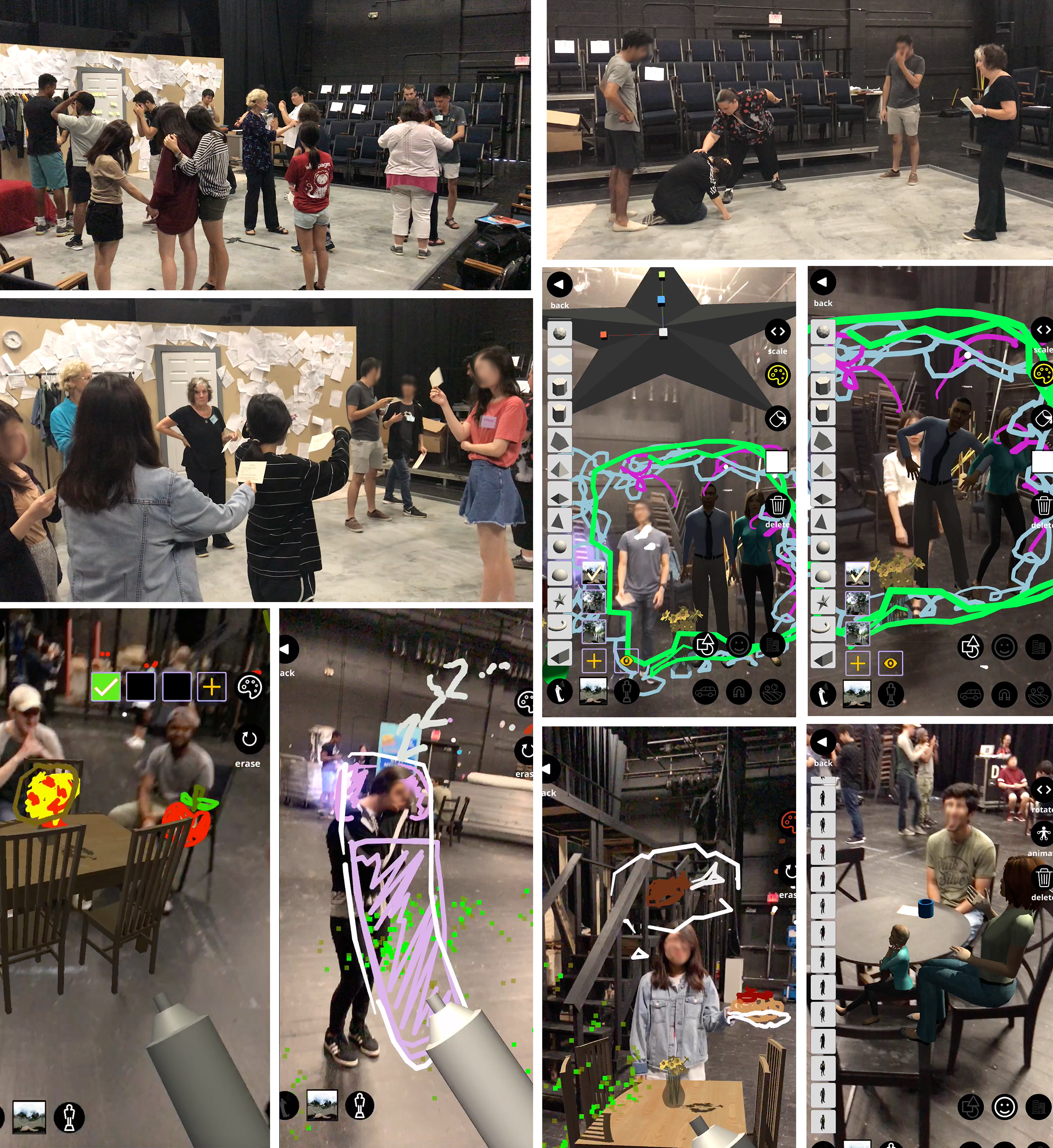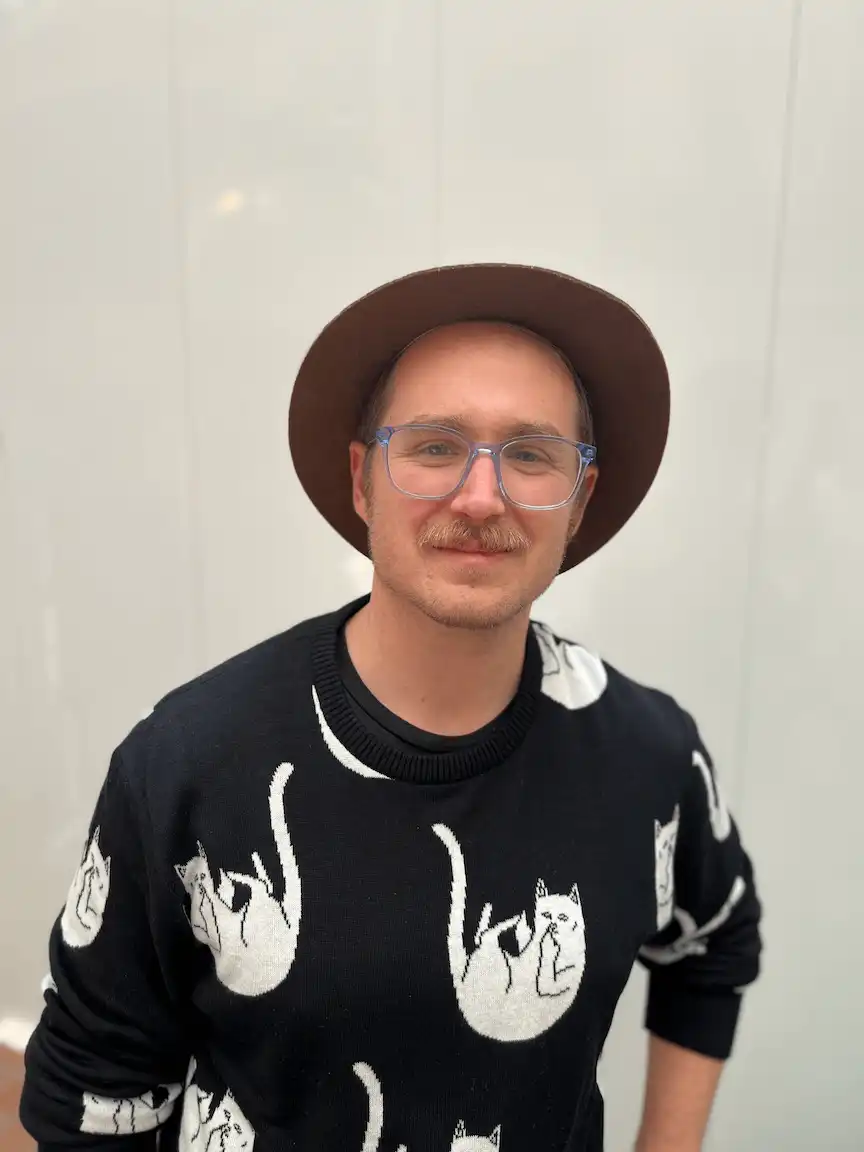
Each generation of emerging media provides unique affordances for storytelling and
interaction. Documentarians
use these new affordances to assert an objectivity and authenticity in their stories. This is a
rhetorical
strategy grounded in media affordances. One documentarian goal, to turn spectators into social
actors,
is facilitated by this approach. . For example, documentarians began integrating the tactics of
theater
and performance to enhance the persuasiveness of the form in the early 1920’s. In this manner,
documentarians
took advantage of actors’ craft to instill their constructed actualities with authenticity.
In this spirit, I created Applied Theater with Emerging Media (ATEM), a dialogic documentary
theater method and mobile app
that utilizes A/M/VR. ATEM step outside the contemporary auteur mode and invites the participation
of
subjects in the co-creation of their stories. Through workshops that were part of my dissertation,
I
analyzed how participants use these emerging media through ATEM to clarify stories and persuade
others
of their authenticity.
This dissertation uncovers and clarifies this process of using the affordances of A/M/VR in
story-driven, socially-engaged
documentary theater experiences. This utilization of emerging media has been a part of the practice
of
applied and documentary theater since Erwin Piscator and Bertolt Brecht’s Epic Theater.
Subsequently,
this tradition is a suitable form for this dissertation’s workshops.
Scenarios in ATEM Workshops were abstracted from a public service and arts campaign on campus
called, "I Feel Safe When".
Students wrote and anonymously submitted postcards that discussed moments in their lives they
felt
safe on campus. This grassroots materials was the foundation of the ATEM workshops at Georgia
Tech.
With the aid of professional facilitators who trained under Boal, participants were be
encouraged
to question the how, what, and why of the stories they created.
Through Boal's Image
Theater, students
move unsafe situations from their unsafe state to an ideal one. For example, participants might
be
asked to co-construct stories of what makes them feel unsafe in their community as part of one
experience.
In the workshop’s group exercises, participants may transcend these fears and move through a
deeper
communal reflection to action.
Like Brecht, Piscator, and Boal I believe that these kinds of experiences, a mixture of politics and art, are a catalyst for social change. While not resulting in a final media artifact, the process of communal interpretation allows us to build bridges within our communities to address issues of social importance. Enabling participants to see and hear one another, to reflect critically with one another, may foster the political awareness required for social change. The position of this dissertation is that emerging media affordances influence this entire process. They offer participants an opportunity to represent themselves in uniquely different ways, suggesting a continual renewal of expressions and perspectives.
My dissertation provides qualitative insights on what the unique affordances of A/M/VR contribute to an established applied theater process and how those affordances are used by participants to persuade and imbue experiences with authenticity.
Lead Researcher, Senior Developer, and Designer
Dissertation Workshops-only
Unity, C#, Placenote SDK, Photon Networking, and arKit
Augmented Environments Lab, Georgia Institute of Technology
Dissertation
The Office of the Arts, DramaTech, The Imagine Lab, the Leadership Education and Development Program, and RNOC
